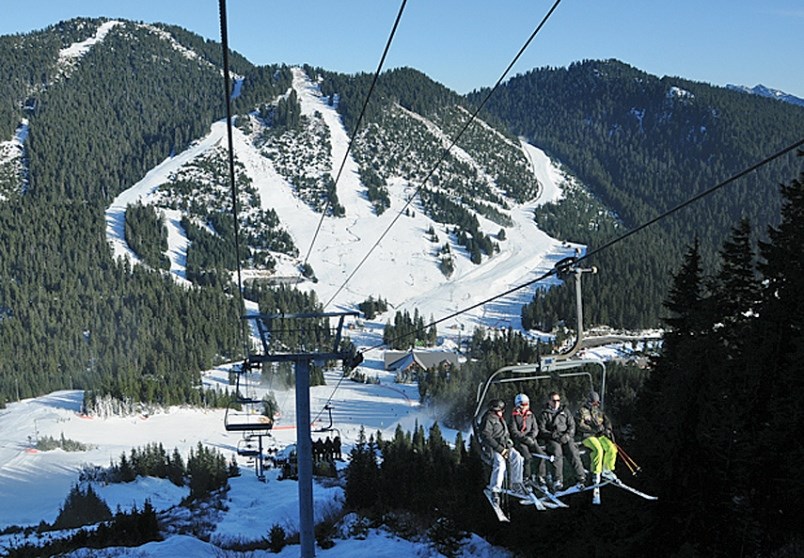Trauma Services BC is reminding people to be cautious when hitting the slopes this winter.
While there were less reported injuries from skiing and snowboarding in the 2018/2019 winter season, the rate of hospitalizations for such injuries in B.C. has been increasing over a five-year period, according to Trauma Services, a program of the Provincial Health Services Authority.
“The good news is that most injuries are preventable by simply wearing a helmet, avoiding excessive speed or reckless behaviour and learning how to lower your risk of injury,” stated Dr. David Evans, medical director for Trauma Services BC and a trauma surgeon at Â鶹´«Ã½Ó³»General Hospital, in a press release. “This helps reduce the chances of injuries, lengthy hospital stays, permanent disability and even death.”
Tips for reducing risk on the slopes include: staying in bounds; observing signs and warnings; skiing or snowboarding at a safe speed; remembering that people ahead of you have the right-of-way; watching out for ice, obstacles, other people and trees; and looking uphill and yielding whenever starting downhill or merging.
Skiers and snowboarders are also advised to be aware of tree wells – deep holes or depressions that form beneath the lower branches of a tree creating a hole or cavity that can be metres deep – according to the release.
Before hitting the slopes, it’s also recommended to pack a whistle as well as add the ski hill emergency number to your mobile contacts list, according to the release.
In the 2014/2015 winter season, 418 people were hospitalized in B.C. with injuries caused by skiing or snowboarding. That number steadily increased over the next three winters, peaking in the 2017/2018 season with 573 people requiring hospitalization.
That number dropped to 503 last year, a trend Trauma Services BC hopes will continue, according to the release.
Read more from the





